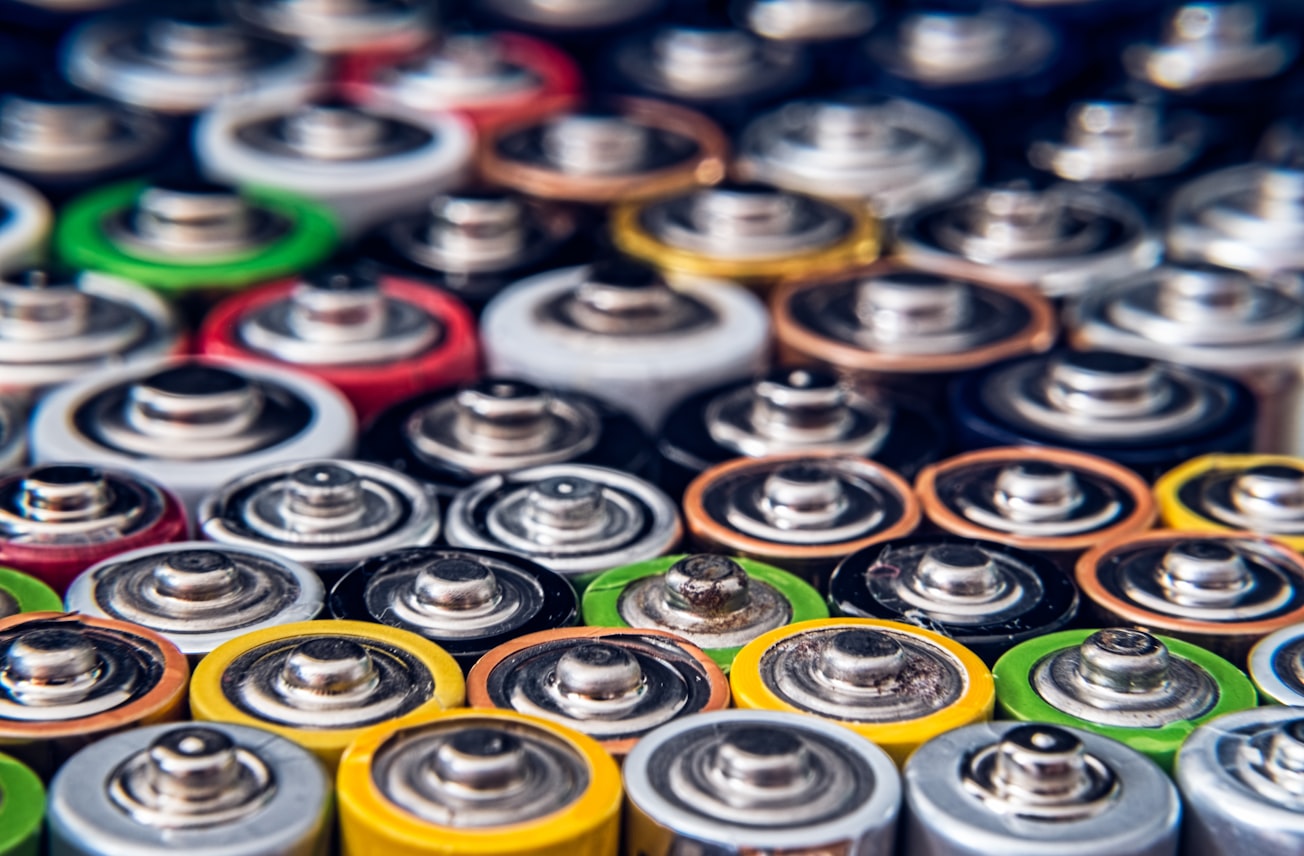What is it about?
Solid-state batteries represent a promising next-generation energy storage technology and have the potential of outperforming conventional Li-ion batteries. A particular challenge is the stabilization of cathode interfaces, aiming primarily at suppressing adverse (electro)chemical side reactions with the superionic solid electrolyte from occurring during cycling. This is usually achieved by applying a surface coating onto the cathode active material (on the primary or secondary particle level depending on the morphology). Although various chemistries have been described, investigations into how the microstructure and phase composition of the protective coating affect battery operation and performance are scare.
Featured Image

Photo by Roberto Sorin on Unsplash
Why is it important?
The development of strategies for improving the effectiveness of protective surface coatings on cathode active materials is paramount towards producing competitive solid-state batteries. The results of our study demonstrate that by carefully controlling the post-treatment conditions (atmosphere, temperature etc.) and depending on the sample history, the coating’s microstructure can be tailored, which directly affects the cycling performance and stability of the cathode active material in thiophosphate-based solid-state cells.
Perspectives
This work may open up new avenues for research by showing the importance of tailoring the composition and/or microstructure of protective nanocoatings applied to layered Ni-rich oxide cathode materials (for battery applications).
Dr. Torsten Brezesinski
Karlsruher Institut fur Technologie
Read the Original
This page is a summary of: Tailoring the LiNbO
3 coating of Ni-rich cathode materials for stable and high-performance all-solid-state batteries, Nano Research Energy, December 2022, Tsinghua University Press,
DOI: 10.26599/nre.2022.9120016.
You can read the full text:
Contributors
The following have contributed to this page







